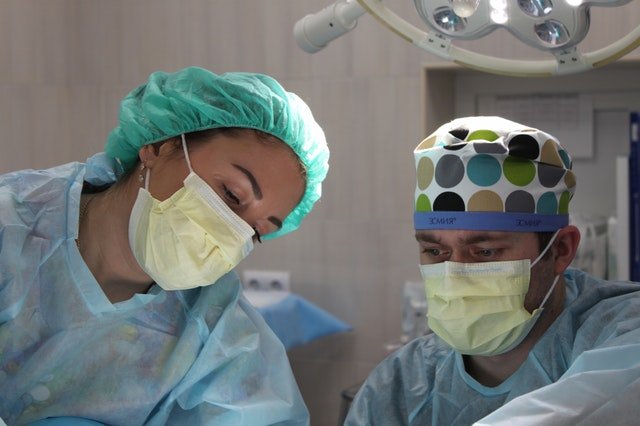
In an unprecedented effort to control the spread of a new virus, the Chinese government has closed off dozens of cities, restricting the movements of its more than 35 million citizens.
So far, according to official WHO reports , the novel coronavirus, called 2019-nCoV, has sickened more than 1200 people and led to 41 deaths and those numbers are quickly increasing.
Michigan Medicine’s experts weigh in on what’s known about the virus currently:
Coronaviruses have been around for a long time.
A coronavirus is a family of viruses found in many animals and people, says Adam Lauring, M.D., Ph.D., an infectious disease specialist at Michigan Medicine.
There are four known human coronaviruses that cause respiratory infections that are indistinguishable from the common cold.
However, this new virus appears to be similar to two newer coronaviruses: SARS, which caused an outbreak in South East Asia in 2003 and MERS, which circulated in Saudi Arabia in 2012, both of which were much more serious, causing severe pneumonia and death.
The novel coronavirus likely came from an animal.
“Marketplaces like the one in Wuhan present good opportunities for coronaviruses to jump from animals to people,” says Lauring. “The more contact, the more likely it is to spread.”
Lauring suspects that human-to-human transmission was a result of the virus successfully replicating in an infected person to the point where they shed enough of the virus to infect another person, likely through a respiratory route, such as coughing or sneezing.
Coronaviruses can cause severe respiratory distress.
SARS and MERS were characterized by pneumonia leading to severe lung injury and systemic inflammation, explains Ted Standiford, M.D., Chief of the Division of Pulmonary & Critical Care Medicine.
“The pathology for patients infected with the Wuhan coronavirus has not yet been well described, but what is known suggests a similar systemic response, pneumonia, and injury to the lung,” he says.
Symptoms also depend on the patient’s age and other health conditions, he adds.
NCoV could be deadly—or not.
Determining how deadly a virus is depends on how many cases there are.
“At the moment, it is unknown if there are people who are in fact infected but not that sick,” says Lauring.
“Right now we only know of a smaller number of cases and a lot seem to be dying, which is scary. However, it may be that over time the case fatality ratio isn’t as high as we thought.”
Standiford adds that, so far, the new virus appears to be approaching death rates seen with SARS but not as deadly as MERS, which had mortality rates of 10 and 35% respectively.
A vaccine will take time to develop.
Lauring says a vaccine will take months to develop. Thankfully, researchers have sequenced the entire genome of the novel coronavirus and can use what’s known about its proteins and genes as a basis for a vaccine.
Stopping an outbreak comes down to infection control.
Standiford notes that while this coronavirus is a serious public health concern, “the early recognition and reporting of the outbreak by Chinese health authorities has resulted in more effective and rapid screening and containment approaches.”
Controlling a virus of this nature is a matter of good old-fashioned epidemiology, adds Lauring.
“Health officials are tracing and finding everyone who is infected, identifying them, attempting to prevent them from spreading their illness, and helping them through their illness to bring the virus under control.”
Be aware, but not concerned.
Both Lauring and Standiford say the risk to travelers in the United States is relatively low. Health officials and hospitals are on alert and monitoring anyone traveling from China with respiratory symptoms.
Written by KELLY MALCOM.



